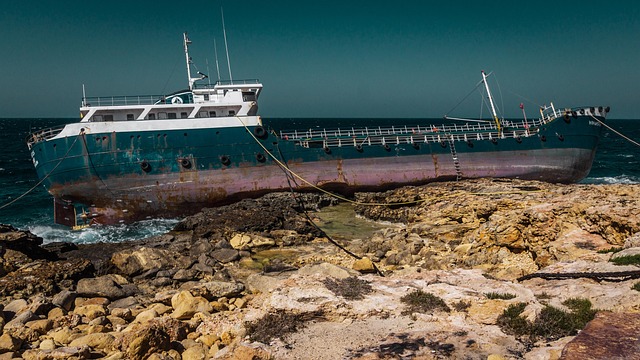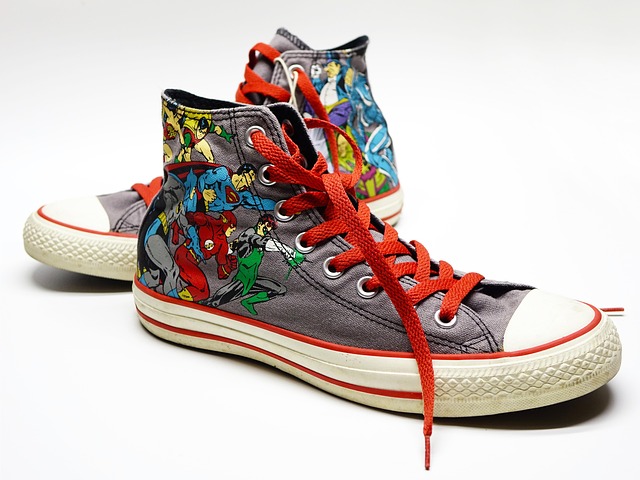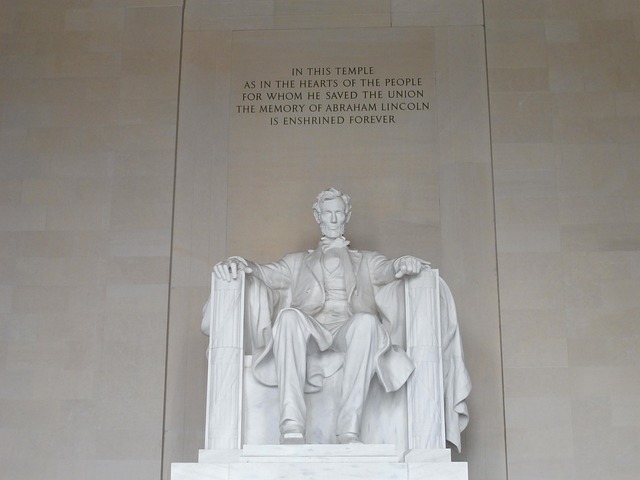The figure of Charon has long fascinated scholars and enthusiasts alike, reflecting the deep-seated cultural and religious beliefs of ancient civilizations. As the ferryman of the dead, Charon occupies a pivotal role in Greek mythology, tasked with transporting souls across the River Styx to the afterlife. His presence serves as a powerful symbol of the transition from the mortal realm to the beyond, embodying the inevitability of death and the sacred journey every soul must undertake.
In the context of religion, Charon represents more than just a mythological figure; he is a manifestation of humanity’s enduring quest to understand life after death. Ancient Greeks believed that proper burial rites and offerings to Charon were essential to ensure safe passage for loved ones into the afterlife. The inclusion of coins, often referred to as Charon’s obol,” placed in the mouths of the deceased symbolizes the transaction required for passage, highlighting the belief in a moral economy of the afterlife.
Moreover, Charon’s gloomy demeanor and skeletal appearance evoke a palpable sense of foreboding, aligning him with the human emotions tied to loss and grief. He is not merely a guide; he is a reminder of mortality, urging the living to confront their spiritual beliefs and the legacies they leave behind. This combination of reverence and fear surrounding Charon reveals the complexities of ancient religious thought, which intertwined the sacred with the everyday experiences of life and death.
Different Greek city-states depicted Charon in various ways, revealing regional interpretations of his role. Some cultures honored him with elaborate rituals, amplifying the significance of his presence in their spiritual practices. This regional diversity underscores how the concept of Charon transcended simple mythology to shape the very fabric of cultural beliefs about mortality and the afterlife. As believers sought to secure their place in the afterlife, Charon’s image became a crucial part of their religious practices, serving as both a gatekeeper and a guide.
In contemporary discussions about life and death, the symbolism of Charon still resonates. Modern interpretations consider the psychological implications of facing death and how individuals navigate their own beliefs about the afterlife. As people grapple with existential questions, Charon’s legacy can prompt reflections on spirituality, morality, and the human experience. In recognizing Charon’s significance, we are reminded of the timeless narratives that connect generations across different cultures, reinforcing our shared quest for meaning beyond this life.
As we explore the depth of Charon’s character, we uncover layers of understanding that reveal how ancient myths serve as mirrors reflecting our current struggles and aspirations. Whether viewed through the lens of religion, psychology, or cultural anthropology, the story of Charon remains a compelling testament to the human condition and our eternal search for answers.




